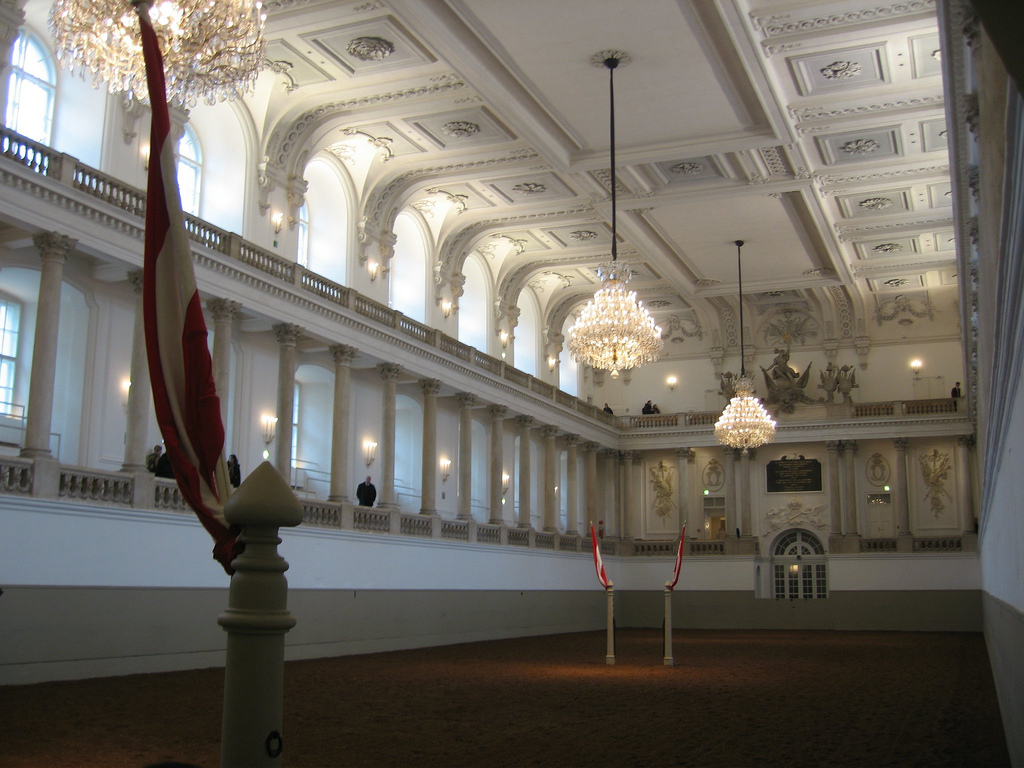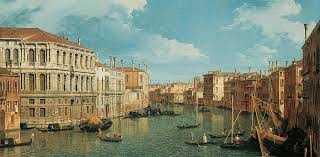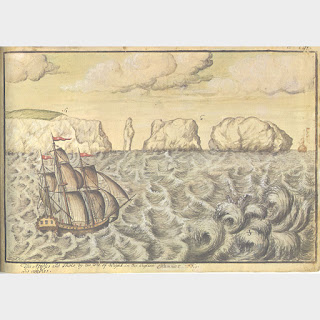Dick Turpin (1706-1739) has been romanticised almost out of existence since his death but there are solid facts concerning him. Wikipedia gives this information about his early career.
He was a butcher by trade in Essex but rather than rely on legitimate suppliers for his stock-in-trade, he turned to stealing the sheep, lamb and cattle, which was considered so serious a criminal offence that it was punishable by death. Scholars and historians are divided as to what caused Turpin to engage in crime in the first place. Some claim it was out of financial necessity; whilst others believe, through studying Turpin's later actions, that his notorious deeds were done through a sense of thrill-seeking. Others believe he was simply too greedy to pay for legitimate stock, and/or too lazy to earn an honest living, and thus a simple brigand.
The life of a fugitive
Turpin was caught stealing two oxen, and was forced to flee the area and leave his wife and business behind. With customs officers in hot pursuit, he had the common sense not to stay in a tavern or inn, where he could have been found easily. Rather, he fled into the depths of the Essex countryside and lived rough and wild. For a time he lived in caves along the coast of East Anglia, and supported himself by robbing the smugglers who operated there — perhaps the same characters he had met earlier in life.
Eventually he moved on again, this time hiding in Epping Forest (which was larger and far more verdant than it is today, and often used by royalty to hunt deer).
In with the Gregory GangTurpin fell in with the Gregory Gang (also known as the Essex gang). They were a group of around 20 bandits, who operated from secret hideouts in Epping Forest.
They were notorious around Essex and London. They bravely, or perhaps foolishly, stole and killed royal game which had been set aside by the gamekeepers for the King's own hunts. If caught doing this, they would surely face the gallows, or maybe even face hanging, drawing and quartering. This is because it was considered high treason to poach the King's own deer.
The three ringleaders of the Gregory Gang were brothers after whom the gang was named: Samuel, Jasper and Jeremy. Other gang members included Thomas Hadfield, Thomas Barnfield, Thomas Rowden, Mary Brazier, John Fielder, Herbert Haines, John Jones, James Parkinson, Joseph Rose, Ned Rust, William Saunders, Humphry Walker and John Wheeler. There may have been other members.
The gang was not limited to mere poaching. They attempted an armed robbery at a gentleman's house at Woodford, Essex, but the inhabitants of the village drove the rogues off without their being able to accomplish anything. The gang appeared unfazed by this. In March 1735, Turpin, along with the Gregory brothers attacked the Earl of Suffolk's servant in Epping Forest and took from him his horse valued at £80 (this in a time where horses were a more valued commodity than gold). A few weeks later, Sir Caesar Child was attacked in the Forest by the gang who fired at the coachman without bidding him to stand and shot off the tip of his nose. They robbed him of £25. Allegedly, all these acts were orchestrated by Turpin, although this is unconfirmed. It is certain that Turpin learned a lot from the gang.
As Turpin joined them, the Gregory Gang were entering a particularly violent phase of their criminal career. They had begun to specialise in forced entry into (usually isolated) houses around the Home Counties, and terrorising the occupants to make them reveal the whereabouts of hidden valuables. By 1735, the London Evening Post regularly reported the exploits of Turpin and 'The Essex Gang' and the King had offered a reward of £50 for their capture.
The Loughton incident
On February 8, 1735 Read's Weekly Journal reported one such attack: 'On Saturday night last, about seven o'clock, five rogues entered the house of Widow Shelley at Loughton in Essex, having pistols, and threatened to murder the old lady, if she would not tell them where her money lay, which she obstinately refusing for some time, they threatened to lay her across the fire, if she did not instantly tell them, which she would not do. But her son being in the room, and threatened to be murdered, cried out, he would tell them, if they would not murder his mother, and did, whereupon they went upstairs, and took near £100, a silver tankard, and other plate, and all manner of household goods. They afterwards went into the cellar and drank several bottles of ale and wine, and broiled some meat, ate the relicts of a filet of veal. While they were doing this, two of their gang went to Mr Turkles, a farmer, who rents one end of the widow's house, and robbed him of above £20, and then they all went off, taking two of the farmer's horses, to carry off their luggage, the horses were found on Sunday the following morning in Old Street, and stayed about three hours in the house.'
This particular raid took place on February 1, 1735, and widow Shelly's house was in Traps Hill, Loughton. It was reported the gang had made away with £700, a huge amount of money in those days. It is the best surviving account of the Gregory Gang's activities. The Loughton Incident was also their last ever criminal activity as a gang.
Although the newspaper report does not specifically mention Turpin, it seems highly likely that he was a member of the gang on this occasion. Turpin often carried out his robberies in the company of a man named Thomas Rowden (formerly a metal-worker, now outlawed) and a report at the time states that Rowden was involved in the robbery at Loughton. A more recent author has written that the crime was conceived, planned and scouted by Turpin but no evidence is given for this.
Turpin's joining the gang would prove a bad omen for them. Shortly after the Loughton incident, constables worked hard to track them down, and did so not long after. The Gregory Gang were tracked down and surprised by police officers whilst the criminals were living up the good life with their spoils in a tavern in Westminster. Turpin managed to escape by jumping out of a window, but the three ringleaders of the gang were caught and hanged at the gallows as common thieves.
At this time John Wheeler, a gang member turned police informer, described Turpin as a "tall, fresh-coloured man, very much marked with the pox", who wore a light wig.
Thomas Hadfield, one of Turpin's closest friends within the gang, escaped with Turpin through the tavern window, but refused to continue with criminal activity. The other gang members rapidly dispersed also, and didn't bother to regroup in the forest. They had either had enough, or were too scared of the hangman. This was the end of the Gregory Gang.
The birth of Dick Turpin the highwaymanUpon the breakup of the Gregory Gang, and the capture and execution of others, the only gang members left still indulging in criminal behaviour were Turpin himself and the raucous Thomas Rowden. The duo changed their tactics from robbing isolated farmhouses to robbing stagecoaches passing through Epping Forest, which they found to be considerably easier for two men instead of a gang. At last, Turpin had become what he was destined to become — a highwayman.
Later Turpin went into partnership with Tom King, "the Gentleman Highwayman", who at that time was just as famous as Turpin himself, although a less well known highwayman than Turpin today. "Captain King", as he was sometimes called, was said to have had better manners, and was said to be more dashing than Turpin, and being flattering to his victims was a deliberate tactic of his. King was the kind of swashbuckling, devil-may-care character into which legend would later transform Turpin.
Turpin and King met on the road one night when the former attempted to rob the latter. King responded with the words: "What is this; dog eat dog?"
The two joined forces and it proved to be a highly successful partnership (unlike Turpin's previous short-lived partnership with Thomas Rowden). The pair established a hide-out at the remains of an Iron Age fort, now known as Loughton Camp.
From one particular cave in Epping Forest, they could watch a road without being seen, and robbed virtually anyone who passed along it. Even local peddlers started to carry weapons for protection. There was soon a price on Turpin's head.
Turpin becomes a murdererNumerous acts of murder are attributed to Dick Turpin, although it is not clear which ones were actually committed by him and which weren't, due to centuries of embellishment. There is of course no doubt he did commit murder, but the questions are; how many times did he commit murder; who were his victims; and where did Turpin's murders take place? Historians have debated these questions for centuries.
Turpin's first kill was probably a man named Thomas Morris whom he killed on May 4, 1735. Morris was a servant of Henry Thomson, one of the keepers of Epping Forest, and during a routine walkabout of the forest Morris accidentally came across Turpin at Fairmead Bottom, near Loughton. Morris tried to apprehend him (there was a big reward for Turpin's capture at the time) but was immediately shot by Turpin.
Once again Turpin took to his heels, only this time with a far greater crime on his hands than theft. Despite the high risk of capture, Turpin visited his estranged wife who was now living in Hertford, possibly suspecting (accurately, as it turned out) that he would never see her again. Turpin was indeed nearly caught and only very narrowly avoided capture at this point.





















